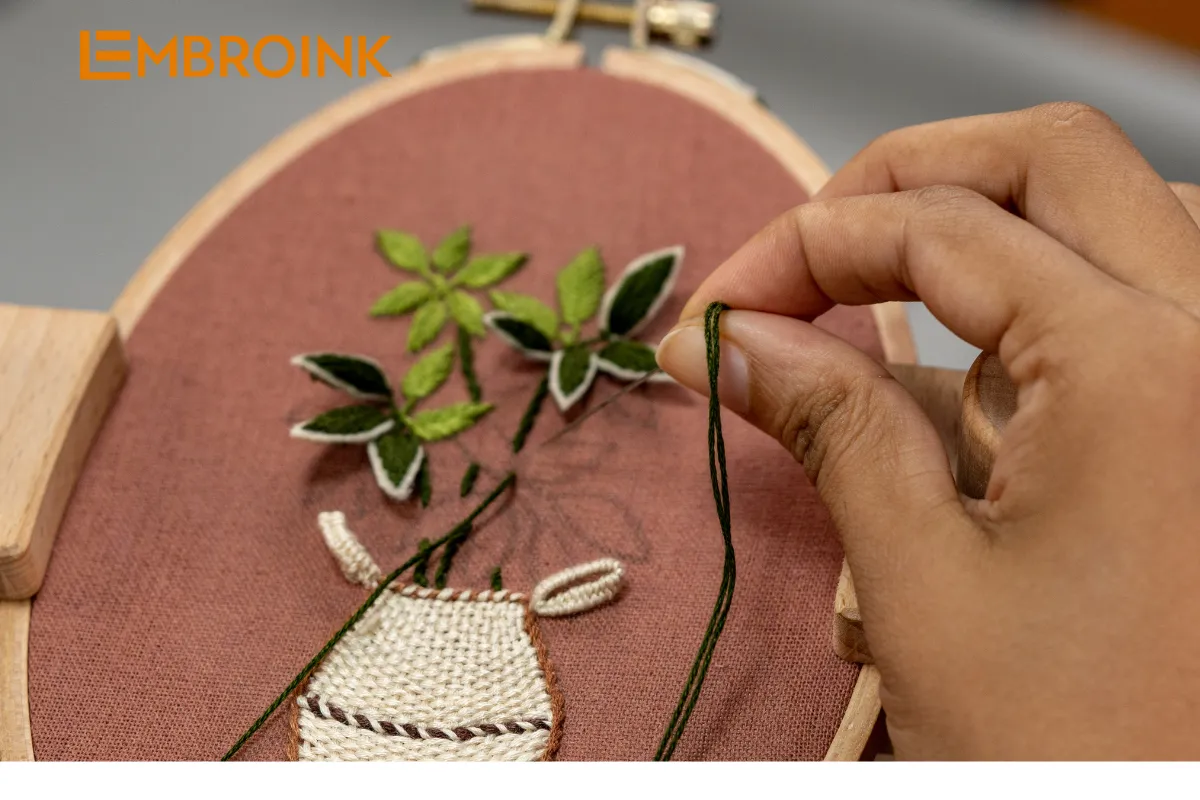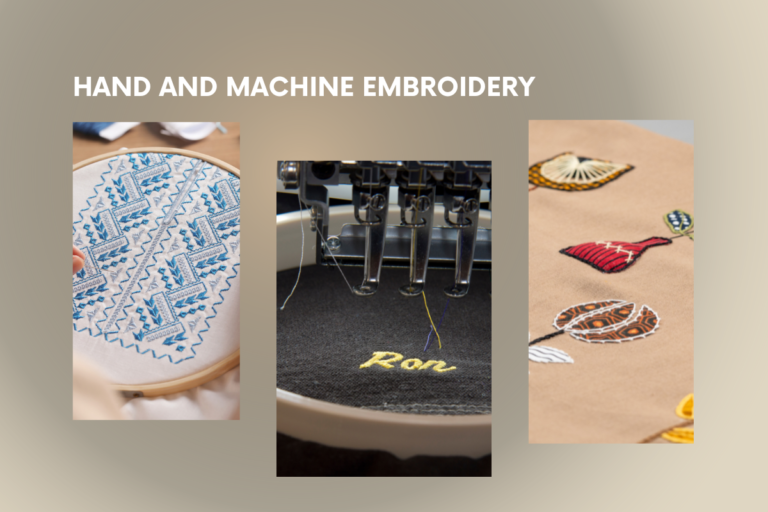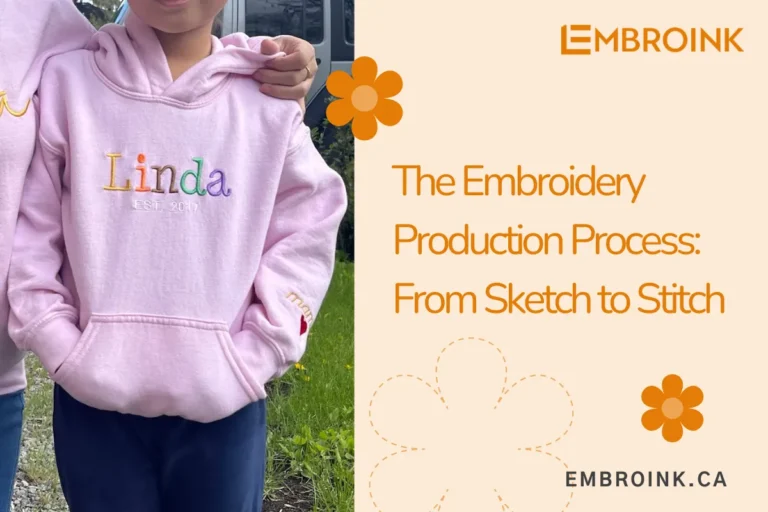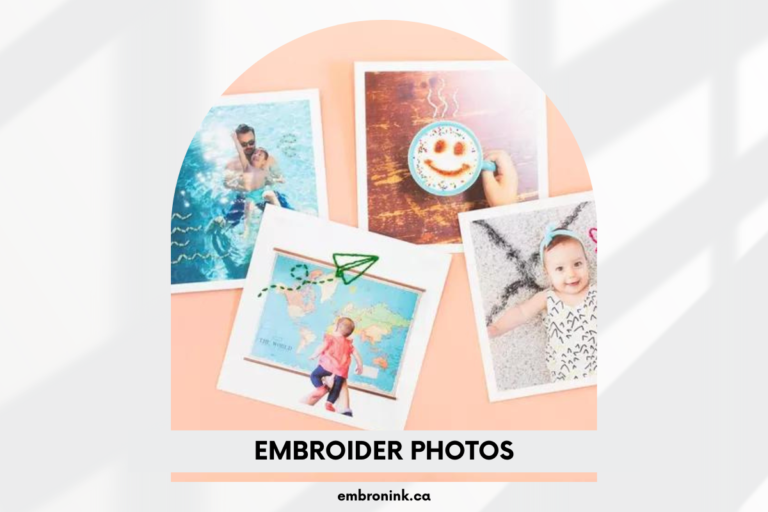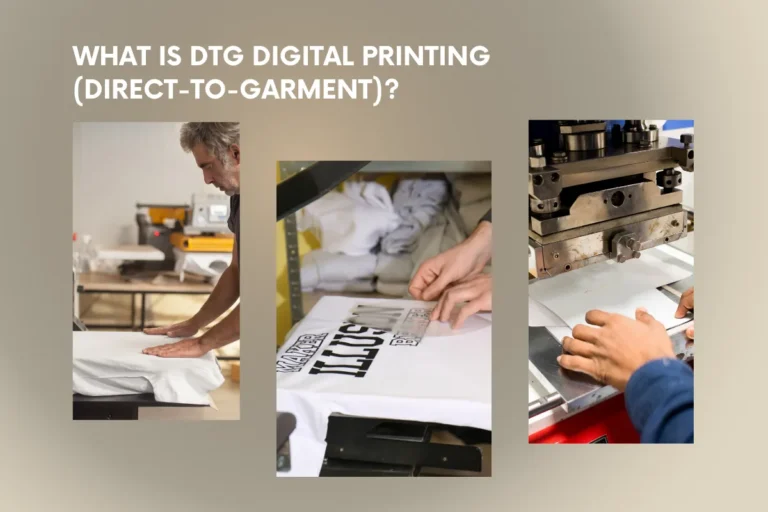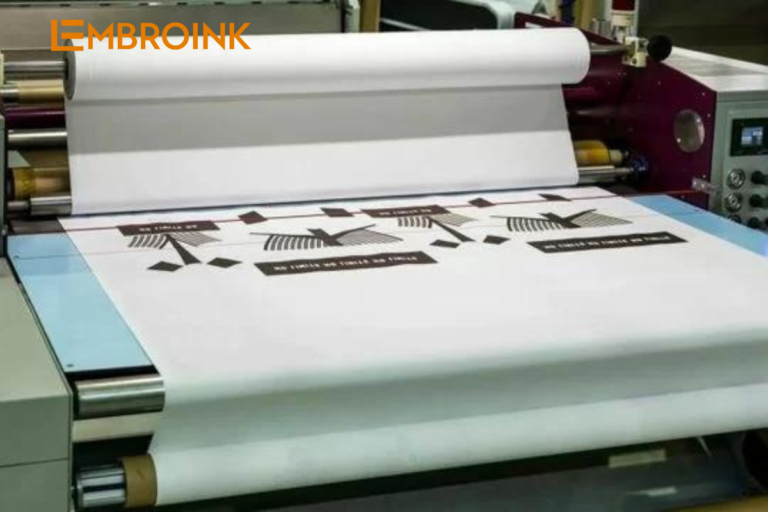How challenging is embroidery and what does it take to master?
Embroidery, an art form that blends creativity and craftsmanship, may seem daunting to those just starting out. Many wonder: How challenging is it really? and What does it take to master? The truth is, while embroidery can range from simple stitches to intricate designs, the journey to mastering it is less about raw talent and more about patience, practice, and attention to detail. In this article, we’ll explore the challenges beginners face, the skills needed to progress, and how, with the right approach, anyone can transform thread and fabric into beautiful works of art.
This is a question I hear a lot when people are thinking about starting embroidery. And honestly, I get it. The fear of trying something new can hold us back. The uncertainty about how challenging it might be makes us question whether we should even begin.
But I’m here to reassure you and, hopefully, get more of you into stitching. When asked, “How hard is embroidery?” my answer is simple: “It’s not!” At its core, embroidery is just the act of pushing a needle and thread through fabric from one side to the other—again and again. When you break it down like that, it feels totally manageable, right? It’s hard to argue with such a straightforward explanation.
Of course, the more realistic answer is: “It depends.” Like with any craft, there are plenty of factors that can affect the difficulty level. I’ll walk you through five key things to keep in mind, which will hopefully make embroidery much easier to grasp.
The type of stitch you use to embroidery
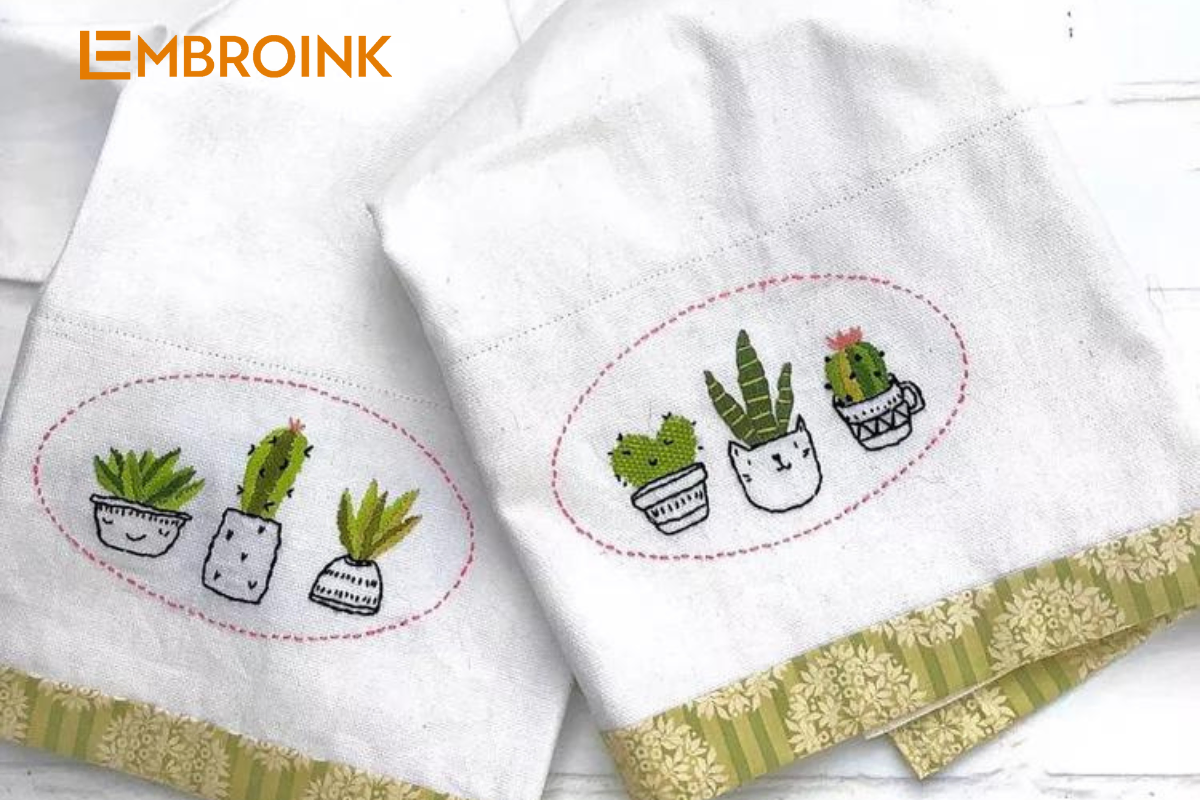
The type of stitch you choose plays a big role in how challenging embroidery can be. I often think of stitches as existing on a spectrum of difficulty. From the simple back stitch to the lazy daisy, chain stitch, and French knots, there’s always a stitch suitable for every skill level—there are, in fact, hundreds to explore. My advice is to start with one that feels manageable to you and build your skills from there.
That’s why my kits include 10 fundamental stitches. I aim to help people not only learn and improve but also create something beautiful in the process. If you’re looking for guidance, I’ve created a stitch guide and tutorial videos on my YouTube channel to help you get started.
Choosing the right stitch can set the tone for your entire project. Some stitches, like the running stitch or back stitch, are perfect for outlining shapes and are easy to master, making them ideal for beginners. As you progress, you might want to try something more intricate, like the chain stitch, which adds texture and depth to your designs. Then there’s the French knot—a beautiful but slightly trickier stitch that can be used to add small, detailed elements to your piece, like flowers or eyes.
By experimenting with different stitches, you not only expand your skills but also open up new creative possibilities. The variation in textures and styles that different stitches offer can transform even the simplest design into something truly unique. Mastering the fundamentals will give you the confidence to tackle more complex techniques and, eventually, combine them in ways that express your personal style.
The design itself
When it comes to embroidery, the design you choose significantly impacts the level of difficulty. Size and complexity are key factors to consider—are you starting with a large wall hanging or a small hoop? Are you aiming for a simple outline or a detailed, photorealistic image of your cat? While these decisions may seem obvious, they’re crucial for setting realistic expectations and ensuring you enjoy the process.
To avoid feeling overwhelmed, it’s best to start small and straightforward. Beginning with a simple project allows you to practice foundational skills without getting bogged down by too much detail. As you build your skills and confidence, you can gradually take on more intricate designs. For instance, starting with a small hoop and a simple design like a floral outline or geometric shapes can help you develop your stitch techniques before moving on to larger, more complex pieces.
A great way to ease into embroidery is with a sampler pattern. These patterns are specifically designed for practice, allowing you to explore various stitches in a low-pressure environment. Embroidery samplers typically feature basic shapes and motifs that are easy to follow, giving you room to experiment with different stitches and improve your technique. They’re perfect for beginners who want to learn, but they’re also helpful for experienced crafters looking to try out new stitches or color schemes.
How accessible the equipment is
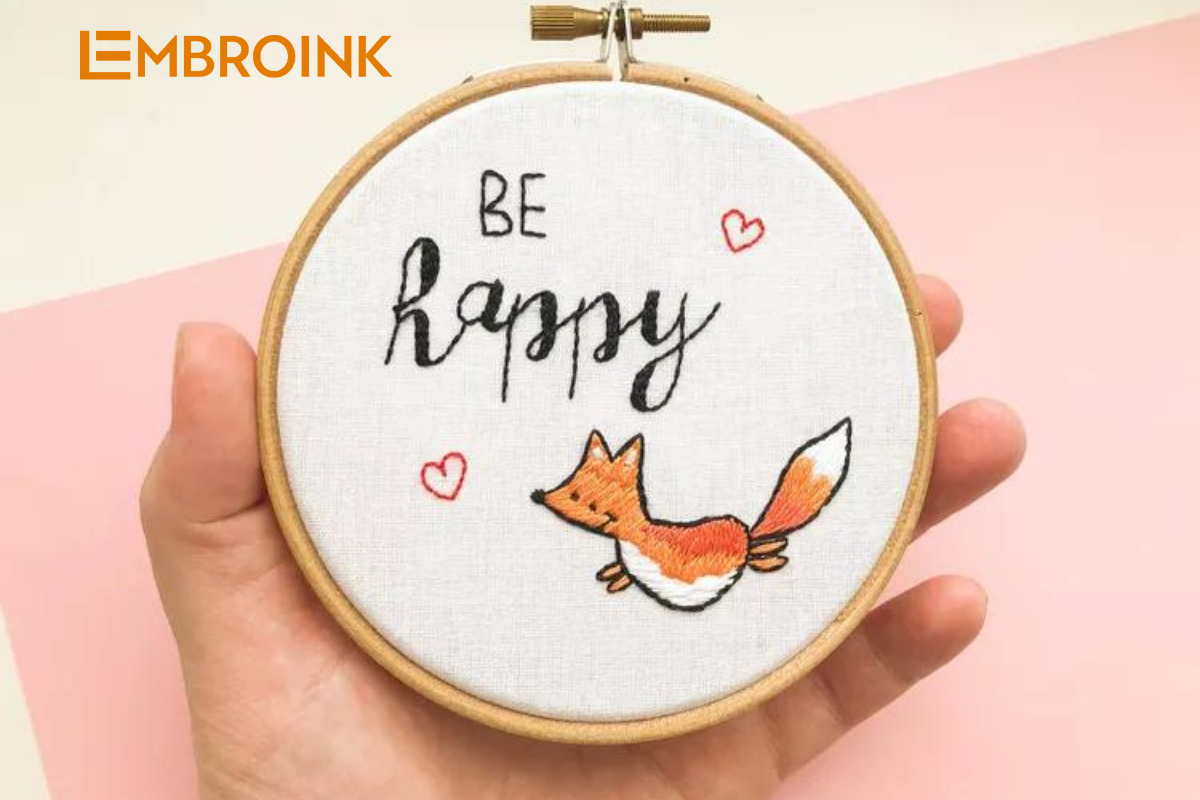
When thinking about the difficulty of embroidery, it’s important to consider how accessible the equipment is in terms of both cost and physical ease.
One of the fantastic things about hand embroidery is that the basic tools are quite affordable. You don’t need any expensive machines—just a hoop, a needle, some thread, and fabric. You can even repurpose old clothing or fabric scraps to keep costs down.
For those concerned about physical comfort, there are tools that make embroidery easier on the body. Needle threaders and hoop stands, for example, can significantly improve your experience. Personally, I rely on an embroidery hoop stand, which has transformed how I sew. It frees up both hands and encourages better posture, which is especially helpful for anyone dealing with joint or back issues.
As for where to buy supplies, your local haberdashery should have what you need, or you can easily shop online. From that perspective, embroidery doesn’t have to feel difficult at all!
The colours you choose
When it comes to threads, color selection is an important factor to consider. While changing thread colors is straightforward (just master how to start and tie off your stitches—watch my tutorial for tips), sticking with a single color can make things even simpler. Using just one color eliminates the risk of running out mid-project or mixing up shades, making your stitching process much easier.
Another thing to think about when choosing colors is availability. If you opt for a limited-edition or hard-to-find color, you run the risk of not being able to get more if you run out. No one wants to be in the middle of a project and find out their thread is discontinued! To avoid this, it’s a good idea to stock up on enough thread from the start, or play it safe by using common, easily available colors from permanent collections.
For more detailed advice on choosing threads, I’ve created an in-depth guide to help you make the best selection for your projects.
If you’ve already tried Cross Stitch
One of the most common questions I get about embroidery is: “I’ve done cross stitch before, can I do embroidery?” My answer? Absolutely yes! While cross stitch and embroidery aren’t exactly the same, there are enough similarities to make the transition smooth. Here’s why:
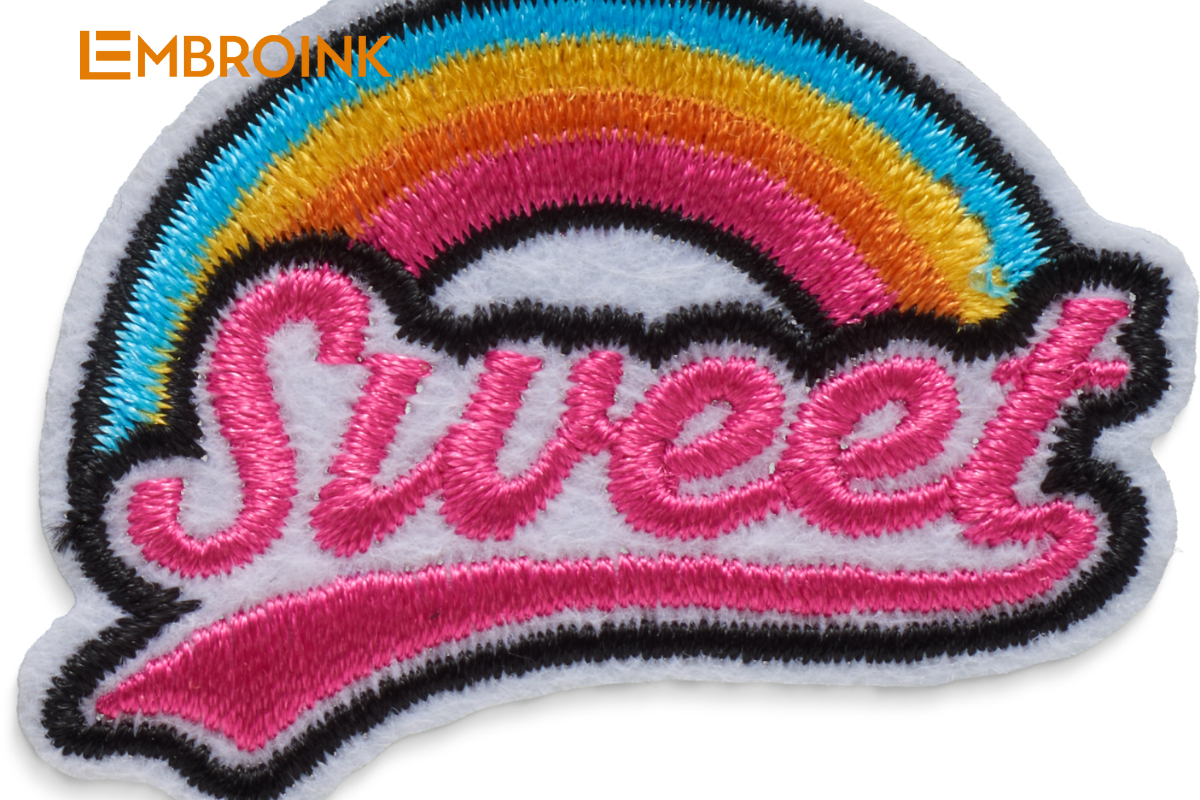
You’ve already got stitch experience
If you’ve done cross stitch, you’re already familiar with the basic skill of pulling a needle and thread through fabric. As I often say, if you can manage that, you can embroider! Any experience with hand sewing tools and materials is a huge advantage when trying a new form of stitching.
You understand basic patterns
Cross stitch usually follows strict patterns, with precise stitch counting and positioning. If your first attempt at embroidery involves following a pattern, you’ll feel right at home. You’ll already know how to interpret stitch descriptions and color codes, which will make starting a new embroidery project feel familiar.
Embroidery offers more freedom
Cross stitch is typically done on grid-like fabric that makes it easy to create even crosses. In contrast, embroidery fabric tends to have a tighter, less obvious weave. From a difficulty perspective, this could go either way: some find it easier because there’s more freedom to place stitches wherever they want, while others find that freedom a bit more challenging!
What I personally love about embroidery is the creative freedom it provides. Cross stitch, while still open to creativity, always results in a recognizable, grid-like finish. Embroidery, on the other hand, allows for countless styles and techniques. Some people prefer to just start stitching and see where their imagination takes them. There’s some amazing abstract embroidery art out there, too. But if you need a bit more structure, you can always follow an embroidery pattern for guidance.
Embroidery forgives mistakes
Cross stitch can be quite unforgiving, where a single miscount can throw off the entire design, leading to lots of unpicking. Embroidery, however, tends to be more forgiving. Mistakes can often be worked into the design or easily undone without distorting the fabric. This flexibility gives you more room to experiment without fear of ruining your piece.
In the end, answering “How difficult is embroidery?” is more nuanced than simply saying, “It’s easy.” But hopefully, this has clarified some key points and made the process feel less intimidating. With the right approach and mindset, embroidery doesn’t have to be difficult at all!
No matter your experience, EmbroInk is confident there’s a stitching solution that will work for you!

